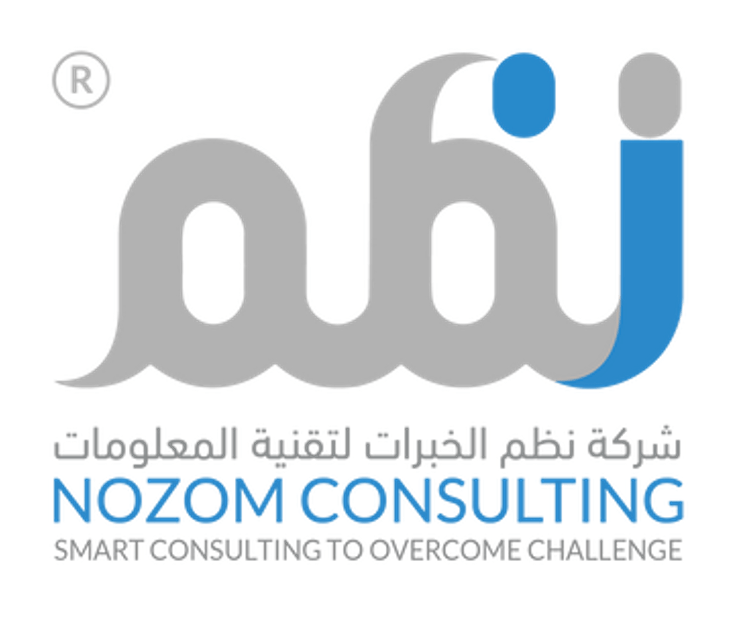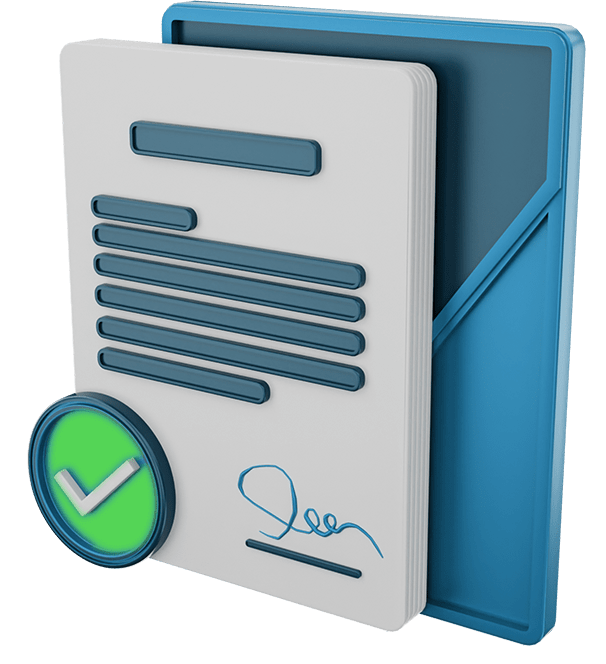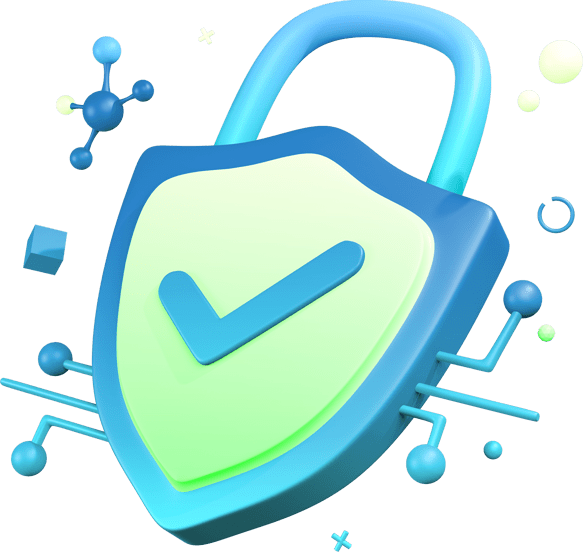Business Continuity Management
Design for disruption. Keep vital services available and recover quickly, without chaos.
Why It Matters
Continuity is more than a binder on a shelf. When disruption hits, cyber incidents, supplier failure, power loss, organizations that know their critical services, decision paths, and recovery targets get back on their feet faster. With standards like ISO 22301:2019, business continuity focuses on maintaining acceptable service levels and resuming operations with minimal downtime, turning resilience from aspiration into daily practice.
How We Build Business Continuity Management
- Critical Services: Which services matter most, their dependencies, and clear time and data targets for recovery, so focus stays where downtime hurts most.
- Scenario Strategies & Fallbacks: Prepared responses for likely disruptions, cyber extortion, site loss, telecom outage, supplier failure, with practical options like alternate sites, manual workarounds, and failover.
- Playbooks & Communications: Role-based steps with triggers, first moves, decision points, and return-to-normal criteria, paired with ready updates for customers, regulators, and staff.
- Exercises & Proving Readiness: Tabletops, walkthroughs, and live drills that test people and systems, capture lessons, and retest until recovery targets are consistently met.
- Supplier, Cloud & Site Resilience: Continuity requirements for key vendors and locations, validated failover and support arrangements, and current evidence so hidden assumptions don’t break under pressure.
- Resilience Index: A practical, reviewed set of measures covering RTO/RPO attainment, exercise success rate, time to plan activation and first notification, successful restore ratio, proven supplier fallbacks, and freshness of dependency maps and documentation—rolled up into a single score to track improvement over time.
- Governance & Refresh Rhythm: Scope, roles, and decision rights across business, IT, and suppliers, with a simple calendar for updates, approvals, and change control.
- Central Plans & Evidence: One place for plans, dependencies, owners, exercise results, and approvals, fast access during events and reliable records for leadership and audits.
What You Get
- Measurable availability: Clear RTO/RPO targets for priority services, backed by tested strategies and recovery steps.
- Tested playbooks, clear owners: Role-specific actions, decision trees, and checklists that hold under pressure, with named owners and deputies.
- Coordinated crisis communications: Pre-approved messages and channels that keep customers, employees, and regulators informed without slowing recovery.
- Nth-party resilience: Explicit requirements and validation for critical vendors and platforms to prevent single points of failure.
- Faster decisions, less downtime: Practiced roles and simple guardrails that replace improvisation with confident execution.
Also Available from Nozom Consulting
- Crisis Simulation & Wargaming
- Real-time Response
- 24/7 Monitoring










